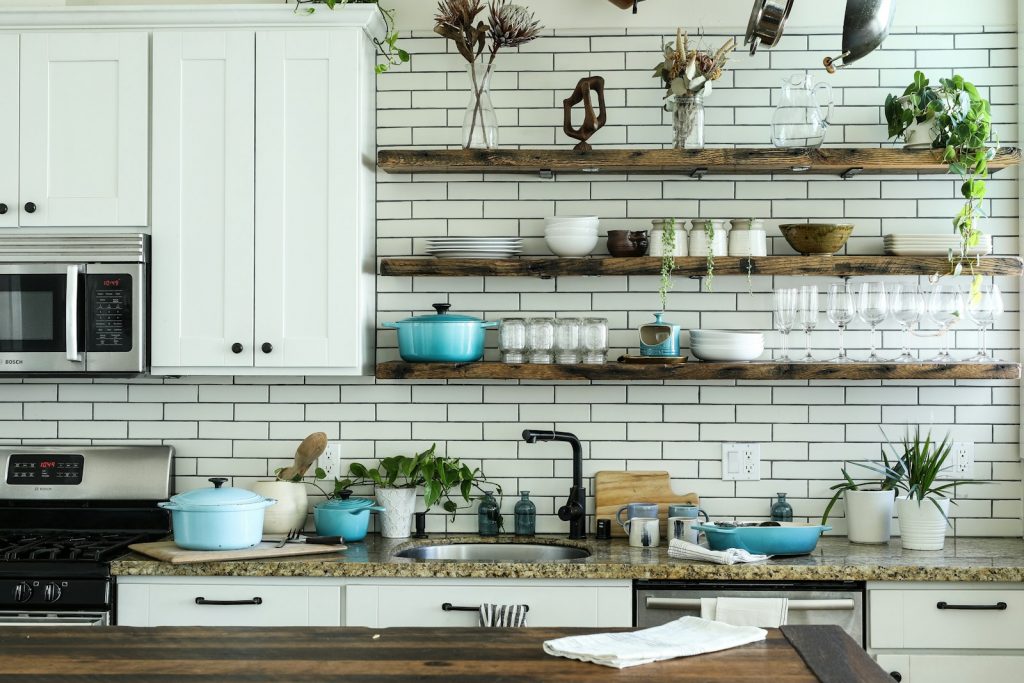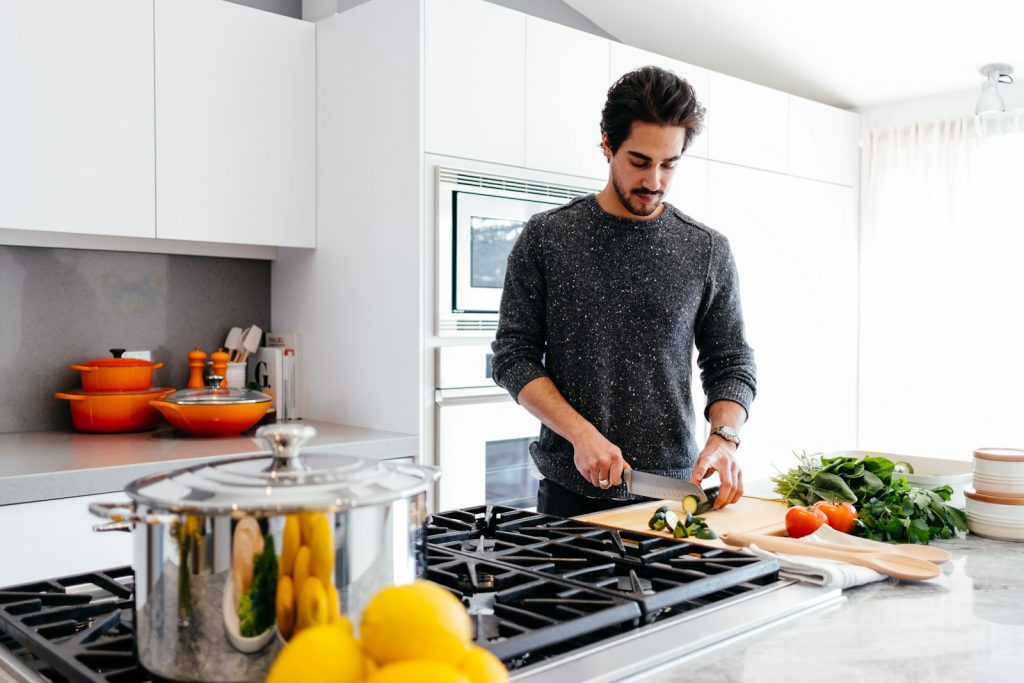Understanding Water Conservation: Why It Matters
Water scarcity has emerged as a pressing global issue, exacerbated by a growing population and climate change, which puts significant stress on freshwater supplies. According to recent research, areas like St. George, Utah, are grappling with dwindling water resources as they cope with rapid urban growth. The challenges of managing this finite resource have led some cities to explore innovative solutions, such as treating sewage for reuse, demonstrating the necessity of creative approaches to ensure sustainable water availability. [Source: NPR]
At the household level, recognizing the vital role of individual actions in water conservation is crucial. Simple practices can collectively contribute towards alleviating water scarcity. For instance, fixing leaks, using water-efficient fixtures, and implementing mindful consumption habits can result in significant savings. Even minor changes, such as turning off the tap while brushing teeth or using a broom instead of a hose for cleaning driveways, can collectively save gallons of water daily. According to various analyses, effective water conservation practices at home not only help mitigate the effects of scarcity but also enhance the resilience of community water systems. [Source: Scripps News]
By actively participating in water-saving initiatives, individuals can make an impactful difference. For further guidance on practical tips to conserve water specifically in the kitchen, as well as other sustainable living practices, check out our article on How to Conserve Water in the Kitchen.
Top Tips for Daily Water Use Reduction
1. Shorten Showers: Aim for showers of five minutes or less. Consider using a timer to help stay mindful about time. Traditional showers can use up to 2.5 gallons of water per minute, so reducing time can lead to significant savings over time. For example, cutting a ten-minute shower down to five can save 12.5 gallons of water daily [Source: Houston Chronicle].
2. Install Low-Flow Fixtures: Replace existing showerheads and faucets with low-flow alternatives that maintain pressure while reducing water usage. These fixtures can cut water flow by as much as 50% without sacrificing performance [Source: Hotel News Resource].
3. Efficient Toilet Usage: If your toilet is older, consider upgrading to a dual-flush model, which allows for different flush options for liquid and solid waste. This could save up to 13,000 gallons of water per year for a family of four [Source: AP News].
4. Optimize Dishwashing Practices: Instead of letting the water run, fill the sink or a basin for washing dishes. In addition, only run the dishwasher when it’s fully loaded. Modern dishwashers typically use less water than washing by hand if they’re full, conserving significant amounts over time [Source: NPR].
5. Smart Cooking Techniques: Use pots that match the size of your burners to minimize heat loss and water use. Steam vegetables instead of boiling them to retain nutrients and cut water consumption, as steaming requires less water than boiling [Source: Hindu Business Line].
6. Mindful Gardening and Landscaping: Employ xeriscaping principles by using drought-resistant plants that require less water. Additionally, consider installing a drip irrigation system to target watering directly at the roots, reducing evaporation [Source: GPB News].
By incorporating these actionable tips into your daily routine, you can significantly reduce water waste and contribute to a more sustainable lifestyle. For further information on how to conserve water in the kitchen, check out our guide on practical tips for families.
Efficient Landscaping and Outdoor Watering Strategies
Efficient landscaping and outdoor watering strategies can play a crucial role in conserving water while maintaining beautiful gardens and lawns. Here are some effective techniques:
1. Drought-Resistant Plants: Incorporate indigenous and drought-tolerant plants into your landscaping. These plants are adapted to your local climate and require significantly less water. For example, many succulents and native grasses thrive on minimal water and enrich biodiversity, helping to create a sustainable ecosystem in your garden. Studies show that using such plants can reduce outdoor water consumption by up to 50% [Source: Builder Magazine].
2. Mulching: Applying a layer of mulch in your garden beds not only conserves soil moisture by reducing evaporation but also suppresses weeds. Organic options like wood chips, straw, or bark enhance soil health as they decompose, adding valuable nutrients back into the ground.
3. Efficient Watering Techniques: Implementing a smart watering schedule is vital. Watering early in the morning or late in the evening minimizes evaporation losses caused by the sun. It’s also advisable to use drip irrigation systems, which deliver water directly to the roots where it’s needed most. Smart irrigation controllers can automatically adjust irrigation schedules based on recent rainfall and weather forecasts, further optimizing water use.
4. Rainwater Harvesting: Consider installing rain barrels to collect runoff from gutters. This harvested rainwater can be used for watering gardens and lawns, significantly reducing reliance on municipal water sources.
5. Soil Health: Prioritize building healthy soil through practices like composting and crop rotation. Healthy soil supports better root systems, which can access moisture more efficiently and withstand drought conditions.
By adopting these strategies, homeowners can not only beautify their outdoor spaces but also contribute to significant water savings, ensuring sustainability in their gardening practices. For further insights on sustainable living, check our tips on conserving water and composting.
Upgrading Appliances for Water Efficiency
When upgrading appliances for water efficiency, it’s essential to consider options like Energy Star certified dishwashers and washing machines. These appliances are designed to use significantly less water than traditional models. For example, an Energy Star washing machine saves about 3,000 gallons of water per year compared to a standard model, while water-efficient dishwashers can use as little as 3 gallons per load, vastly reducing water consumption and utility bills over time [Source: Forbes].
The long-term savings from water-efficient appliances are substantial. By investing in these modern technologies, homeowners can reap benefits that include lower water bills and reduced energy costs associated with water heating and appliance operation. In fact, upgrading to water-efficient appliances can lead families to save up to $100 annually in utility costs [Source: Robotics & Automation News].
When selecting new appliances, check for the Energy Star label, indicating that the product meets energy efficiency guidelines set by the U.S. Environmental Protection Agency. Focus on features that maximize water savings, such as adjustable water levels and eco-wash cycles. By implementing these upgrades, not only can you save money but also contribute to significant water conservation efforts at home [Source: CNET]. For further tips on water conservation in your kitchen, check our article on practical tips for families.
Monitoring and Maintaining Your Water Usage
Monitoring and maintaining your water usage is essential for both conserving resources and preventing costly plumbing issues. Here are some effective strategies to track water usage and maintain a water-efficient home.
Tracking Water Usage
1. Install a Water Meter: Invest in a water meter to monitor your daily consumption. Modern smart meters can provide real-time data on your water usage, allowing you to identify trends and potential leaks. This approach helps you adjust and conserve water effectively [Source: Independent].
2. Observe Bills for Trends: Regularly review your water bills to identify any spikes in usage. A substantial increase may indicate a leak; analyzing historical data can help you pinpoint anomalies in your consumption [Source: HuffPost].
3. Conduct a Leak Test: Periodically check for leaks by turning off all water outlets and observing the meter over an hour. If it registers usage while no one is using water, there could be a leak [Source: HuffPost].
Diagnosing Leaks
– Look for Signs: Inspect for damp patches, mold, or unusual smells near plumbing fixtures. These could be indicators of hidden leaks [Source: BBC].
– Monitor Water Pressure: Low pressure can signal leaks. Check your fixtures for consistent water flow; irregularities may require professional assessment.
Maintenance Tips for Water Efficiency
1. Regularly Change Filters: Ensure that filters in appliances such as refrigerators are changed regularly. This not only maintains water quality but also enhances the performance of your plumbing systems [Source: HuffPost].
2. Inspect Plumbing Annually: Schedule an annual plumbing inspection to catch issues before they escalate. A professional can identify weaknesses in pipes and fixtures that may lead to leaks and waste [Source: Independent].
3. Practice Good Habits: Encourage family members to turn off taps while brushing teeth or doing dishes, and utilize efficient fixtures, such as low-flow toilets and showerheads, to reduce overall consumption [Source: Simply Sustainable Home].
Adopting these practices will not only save money but also contribute to sustainable living by reducing unnecessary water waste.
Sources
- AP News – Efficient Toilet Usage
- BBC – Diagnosing Leaks
- Builder Magazine – Drought-Resistant Plants
- CNET – Upgrading Appliances for Water Efficiency
- Forbes – Upgrading Appliances for Water Efficiency
- GPB News – Mindful Gardening and Landscaping
- Houston Chronicle – Shorten Showers
- Hotel News Resource – Install Low-Flow Fixtures
- HuffPost – Observe Bills for Trends
- Independent – Install a Water Meter
- NPR – Understanding Water Conservation
- NPR – Optimize Dishwashing Practices
- Robotics & Automation News – Upgrading Appliances for Water Efficiency
- Scripps News – Understanding Water Conservation
- Hindu Business Line – Smart Cooking Techniques


